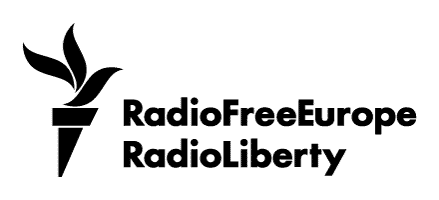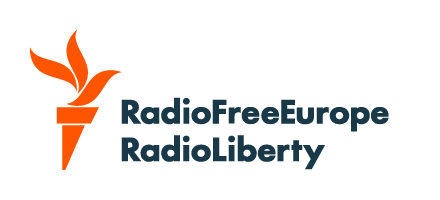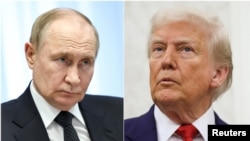As US and Russian Presidents Donald Trump and Vladimir Putin meet face-to-face for the first time in six years, here's what you need to know.
What Does Putin Want?
Many analysts see a meeting with Trump as a victory in and of itself for Putin, as the leader seeks an end to his international isolation. In other words, it's all about the photo op.
"No major Western leader has met with [Putin] since Russia's full-scale invasion of Ukraine. Now he gets a summit with the US president, without any concessions on his part," said Jana Kobzova, who was foreign policy adviser to former Slovak President Zuzana Caputova.
Beyond that, Putin's goals remain largely unchanged since the beginning of the war.
"The Kremlin feels that it has the upper hand on the battlefield right now, so if it can't extract concessions diplomatically, it can just continue to plough forward on the battlefield," said Kobzova.
For this reason, Putin is expected to resist being pushed into accepting a cease-fire.
What Does Trump Want?
Trump has said that he wants to use the summit to "set the table" for a follow-up meeting that would involve Ukrainian President Volodymyr Zelenskyy.
"I think it's going to be a good meeting, but the more important meeting will be the second meeting that we're having. We're going to have a meeting with President Putin, President Zelenskyy, myself, and maybe we'll bring some of the European leaders, maybe not," Trump said on August 14.
Trump has also made it clear that he wants to achieve a cease-fire as soon as possible, as a first step toward a lasting settlement. But some analysts say Putin will try to muddy the waters by offering other prizes.
Jim O'Brien, who served as US Assistant Secretary of State for European and Eurasian affairs in the Biden administration, says Putin is likely to suggest financial incentives to Trump as a way to avoid agreeing to concrete details for a cease-fire.
"Bilateral arrangements may emerge, especially about commercial deals benefiting a few American businesses," he said.
What About Zelenskyy?
Zelenskyy wants a seat at the table. Ukraine's president is notably excluded from the talks and has warned that decisions made in his absence will be meaningless.
The topic of territorial concessions is something Zelenskyy has repeatedly pushed back against. Trump said ahead of the summit that he will not force Kyiv to surrender territory, but his suggestion that Putin and Zelenskyy could "divvy things up" is causing alarm in Kyiv.
Such demands are not just hard to swallow for Zelenskyy, but could be incredibly difficult for him to sell to the Ukrainian public.
He will hope Trump and Putin do not agree to something he cannot agree to, making it appear to the White House that he is the obstacle to peace.
Where Do Things Stand On The Battlefield?
Russia occupies about one-fifth, or 114,500 square kilometers, of Ukraine's land.
The front line stretches some 1,000 kilometers through the regions of Kharkiv, Luhansk, Donetsk, Zaporizhzhya, and Kherson.
Both sides continue to suffer heavy losses, but earlier this month Russia began to make key gains on the battlefield in eastern Ukraine, advancing about 10 kilometers as it concentrated forces around Toretsk and Pokrovsk.
It embodies a Russian strategy that military analysts say has involved trading heavy casualties on the battlefield in exchange for small but sustained gains.
What Happens Next?
Trump has suggested a second, trilateral meeting could happen quickly -- and possibly also take place in Alaska.
US Secretary of State Marco Rubio spoke on August 14 about the conditions that would need to be met to achieve a lasting peace.
"I think we all recognize that there'll have to be some conversation about security guarantees. There will have to be some conversation about, you know, territorial disputes and claims and what they're fighting over," Rubio said.
Russia will continue to insist that what it calls the "root causes" of the conflict need to be addressed, which is Kremlin code for putting an end to Ukraine's hopes of NATO membership and steps to effectively disarm the Ukrainian military.
Each side's aims collide with the other's red lines. Peace won't come quickly or easily.











